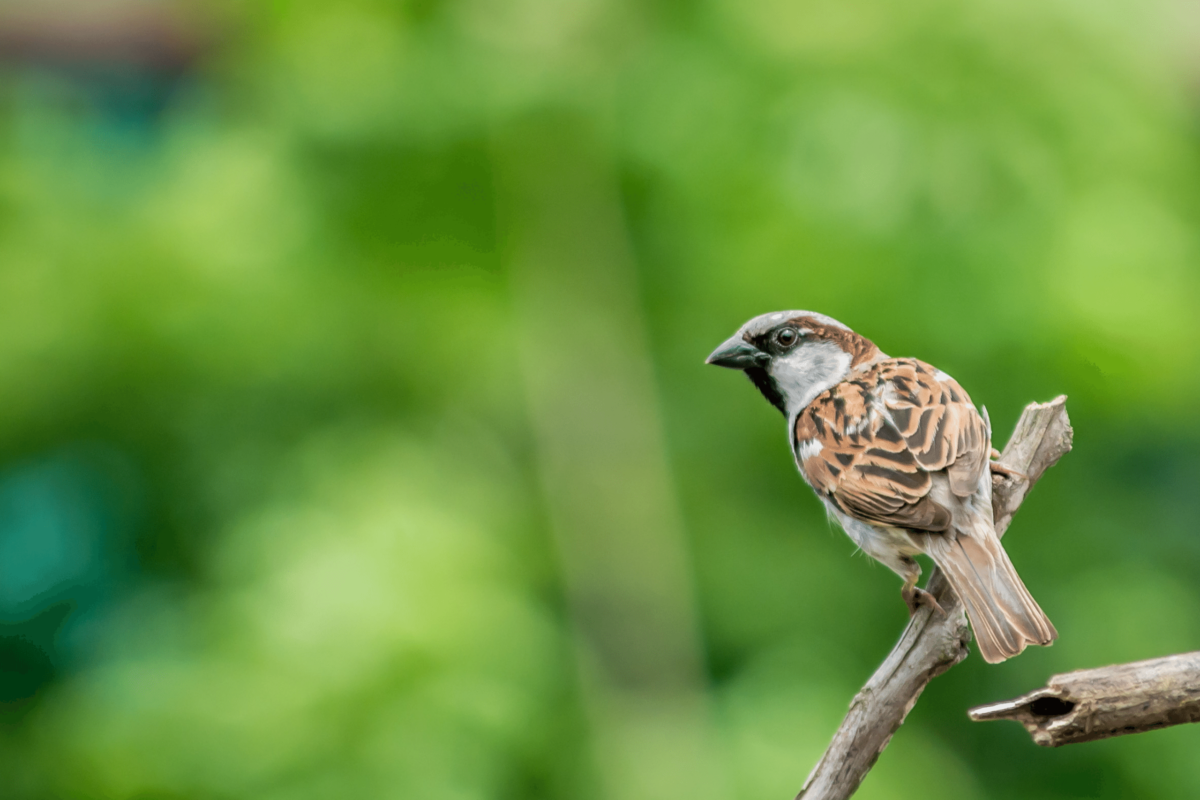With its winding rivers, limestone cliffs, and rolling hills of open grasslands, the Texas Hill Country is fortunate to be home to a variety of migrating bird species. In fact, next to California, Texas boasts more birds calling it home than any other state in the country. Over 600 birds spend part of their lives in the Lone Star state and many of them are right here in the Central Texas region.
If you’ve never considered birding as a hobby, you owe it to yourself to give it a try. Bird conservation not only enriches one’s appreciation for nature but helps to foster environmental stewardship, plus bird-friendly habitats can increase property values. Whether you’re new to the area and looking for birding tips or simply want to throw yourself into a new hobby, here’s a rundown of what makes Kyle such a wonderful place for birds and bird fans alike.
Birds You May See in Kyle
There’s just something about this area that birds love. Over 350 different species of birds have been recorded in Hays County, Texas. This includes everything from songbirds such as warblers, orioles, bluebirds, and chickadees to birds of prey such as barn owls, hawks, and eagles. Many migrating birds pass through the area on their way up to Canada or down to Mexico. So if you’re lucky enough, you just might see a fulvous whistling duck or green-breasted mango!
Where to Spot Birds Around Kyle
Kyle happens to be near some wonderful birding hotspots where you’re guaranteed to see some pretty cool feathered friends – no matter what time of year you visit. If you really want to put your binoculars to good use, consider these birding destinations.
- Lake Kyle
- Plum Creek Reservoir
- Stagecoach Park (Buda)
- John Stokes Park (San Marcos)
- Spring Lake (San Marcos)
- Blue Hole Park (Wimberly)
Bring the Birds to You
It doesn’t take a lot to establish your own backyard as a bird-friendly oasis. The easiest way to start is by installing a bird feeder and birdhouse or two. You’ll want to get a bird feeder that is squirrel resistant and choose birdseed that appeals to birds in the area. A basic universal birdseed should be heavily composed of black oil sunflower seeds. This will be a hit with everything from cardinals and finches to showstoppers such as the vermillion flycatcher.
Consider putting up a hummingbird feeder and you may just attract a few buff-bellies or ruby-throated hummingbirds. Many people think that you need to buy specialty nectar for hummingbird feeders but according to the Audubon Society, the best option is a solution of ¼ cup of refined white sugar to 1 cup of water.
When it comes to birdhouses, it’s all about who you want to take up roost. Smaller birdhouses will attract everything from starlings and wrens to Eastern Bluebirds. While some people may have luck with hawks or owls settling into larger birdhouses, most often, these birds prefer to make their own nests high in the treetops or alongside cliffs.
Are you looking for a new home where you can create a birding space in your backyard? Reach out to the Crosswinds team to learn more about our builders.
